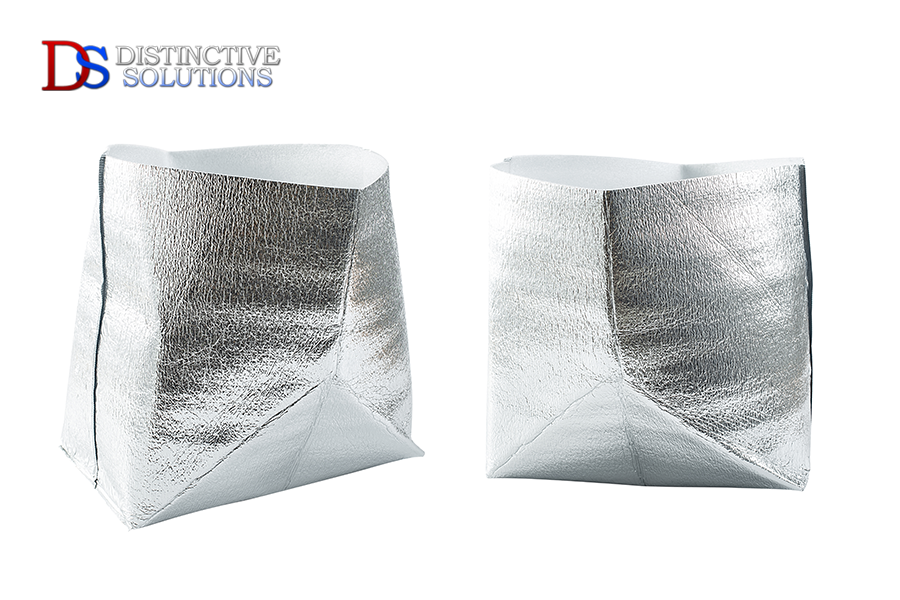Safety is a primary concern when investing in frozen food packaging. It should also be capable of keeping the food products in their original shape for the desired duration. Achieving this involves choosing the appropriate packaging materials capable of withstanding freezing temperatures. The materials must also be able to retain freezing temperatures. This implies that frozen food packaging requires optimum attention to detail to serve as effective heat-resistant packaging. Interestingly, the type of packaging a business uses depends on factors like, product, budget, preferred materials, and packaging needs.
Different Kinds Of Food Packaging Materials
There are several kinds of food packaging material. But each kind of packaging material is used for specific food products. This helps to preserve the food quality and ensures consumption is made simple. Examples of the common food packaging materials include:
- Glass
- Aluminum
- Tinplate
- Styrofoam
- Plastic
- Cardboard
- Paperboard
- Wax coated paper
Considerations When Choosing Food Packaging Materials
Several factors must be considered when choosing food packaging materials. This includes the type of food material, temperature, packaging material, food quantity, etc. However, it is necessary to understand that each heat-resistant wrapping material and other food packaging materials offer unique advantages and disadvantages. The most important thing to note when deciding on packaging materials is the local laws and regulations about food packaging. Some countries and states may demand different regulations and standards regarding food packaging.
Important Elements Required In Frozen Food Packaging
As stated above, there are different options for frozen food packaging. However, Polyethylene (PE) shrink film is one of the most common forms of frozen food packaging. This packaging option is capable of resisting temperatures below -40 degrees. It is a fantastic heat-resistant packaging because it possesses some essential features that a frozen food packaging material should have. Features that frozen food packaging materials include the following:
- Easy to fill
- Easy to store
- Easy to seal
- Protection from off coloring and spoilage
- Moisture blocking and resistant
- Strong and durable
- High resistance to low temperatures
- Resists water, grease, and oil
- Made of FDA food-grade substrates
Types Of Frozen Food Packaging
Businesses in the frozen food industry have several food packaging materials they can use to keep frozen food safe. These materials are created to handle extreme temperatures while keeping frozen foods in their original shape. In fact, they are often used to store and transport frozen food. The most common materials used in frozen food packaging include:
- Shrink Film
- Glass
- Wax Coated Cardboard
- Aluminum
- Flexible Bags
- Lidding Films
- IQF polyethylene
- High barrier thermoforming film
- Skin film
If you need the most sustainable packaging in Canada to keep your frozen food fresh, you are at the right place. At Distinctive Solutions, we are dedicated to helping our customers reduce costs by optimizing their packaging operations. We can help you get the best quality heat-proof and insulated packaging to protect your perishable products. Feel free to contact our agents today.
